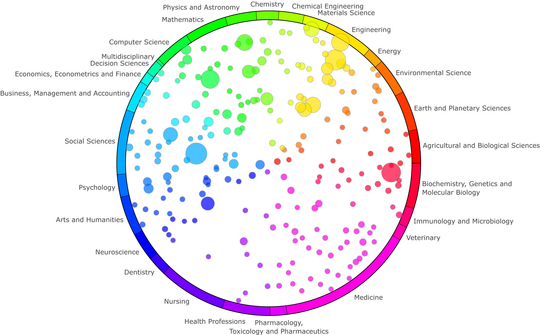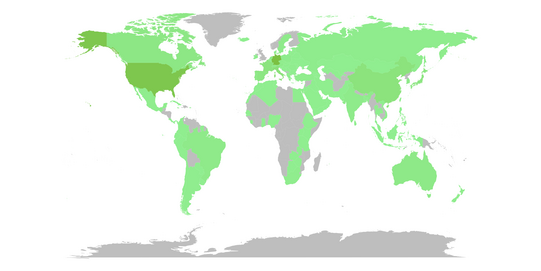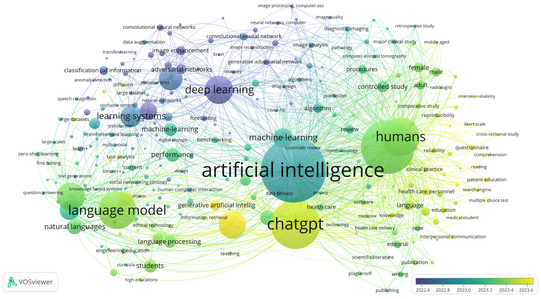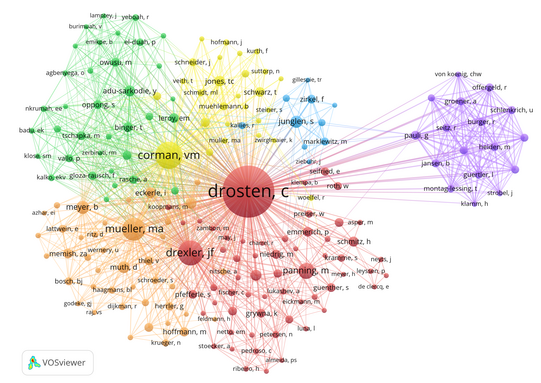Bibliometrics
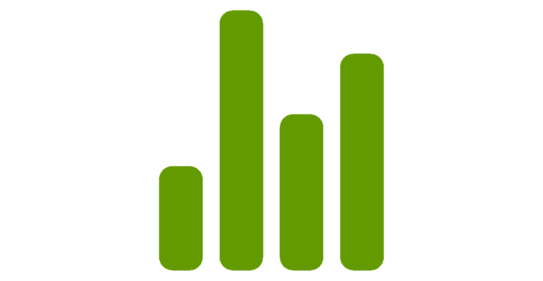
The University Library offers advice on bibliometric issues and the visibility of your publications. Feel free to contact us if you would like to determine indicators such as your h-index, the impact factor of a journal or similar. We provide individual advice and support to make your research even more visible and create customized analyses.
Bibliometric consulting and analyses
Visibility
The correct assignment of your publications to your person is essential for the visibility of your research and the proof of its reception, e.g. in project proposals. We support you individually in optimizing this assignment in bibliometric databases and scientific search engines. Let us advise and actively support you with ORCID and proprietary profiles such as Web of Science, Scopus, Google Scholar Citations, among others. Please always cite TU Dortmund University as your affiliation in your publications to ensure that this attribution is correct. For more information, please refer to the TU Dortmund University Publication Guideline.
Publication analyses, topic and trend research, collaboration search
We provide individualized publication analyses for researchers, groups or institutions with a variety of bibliometric information such as the number of citations per publication, h-index, most cited publications, field-weighted citation indicators, etc.
For project proposals or systematic literature reviews, we create evaluations and visualizations of bibliometric data such as co-authorships, concept maps, co-citation analyses or bibliographic coupling.
We support your search for collaborations or guest researchers in academia and industry with citation and subject area analyses. We also offer portfolio analyses of researchers, groups or institutions. Using momentum indicators and concept maps, we help you to identify and visualize the latest developments in the scholarly debate.
We support your decision-making process, provide the data, reports or visualizations you need and advise you on your individual bibliometric questions. We would be happy to show you Web of Science or Scopus.
Data sources and tools
A selection of proprietary and open bibliometric data sources:
- Web of Science | Proprietary literature and citation database. Info
- Scopus | Proprietary literature and citation database. Info
- Dimensions | Proprietary literature and citation database (free version). Info
- Google Scholar | Proprietary literature and citation search engine. Info
- OpenAlex | Open Data literature and citation index (CC0 license). Info
Feel free to consult us about your own analyses.
Bibliometric indicators
h-index
The h-index (or Hirsch index) indicates the number of publications n of a person that have been cited at least n times. Thus, single highly cited publications do not affect the h-index as much as they affect the average citation rate for instance.
You can determine your h-index via an author search in the citation databases Web of Science or Scopus. Check whether different spellings may have resulted in duplicate profiles or whether publications by namesakes have been added to your profile. In such cases, it may make sense to claim your Web of Science profile and update it manually in future. The University Library will be happy to correct duplicate profiles and errors in Web of Science and Scopus for you. Alternatively or additionally, you can determine your h-index using Google Scholar. To do so, claim your profile at Google Scholar Citations or use the free program"Publish or Perish".
Tip: Use ORCID to permanently link your scientific publications to your person in various databases and search engines, even if you change your name or university.
We will be happy to advise you on author IDs and check and correct your author profiles in the above-mentioned databases - especially in the run-up to project proposals.
Field-Weighted Citation Impact (FWCI)
The Field-Weighted Citation Impact refers to a set of publications, e.g. the publications of a person, group of persons or institution, and can be determined in OpenAlex. The FWCI indicates the ratio of citations received to citations expected with regards to the respective subject area, the publication year and the document type of the underlying publications. A FWCI of 1 corresponds to the average; a value as high as possible is desirable. The significance of the FWCI is higher for large document volumes than for small ones.
Please note:
Bibliometric indicators reflect the quantitative impact of publications in terms of citations. They complement, but do not replace the content-related examination of the documents under consideration. The informative value of the indicators depends on the underlying data source and its coverage of the research area under investigation.
Average values such as the citation rate (citations per publication) have no significance with regard to individual articles within the examined set. Journal indicators do not provide information about individual articles or authors within the journal under investigation. Non-field-weighted indicators do not provide comparability across disciplines.
Journal Impact Factor (JIF) and CiteScore
The Journal Impact Factor (JIF) or CiteScore indicates how often a journal's articles from certain publication years were cited in the year under review, based on the number of all citable articles of the journal in the respective publication years. The impact factor is calculated on the basis of the two previous years of the year under review, while the cite score is calculated on the basis of three previous years and the year under review. The impact factor of a journal can be determined in the Journal Citation Report of the Web of Science, the CiteScore can be determined in Scopus.
Source-normalized Impact per Paper (SNIP)
The Source-normalized Impact per Paper indicates how often a journal's articles from the three previous years were cited in the year under review - in relation to the journal's citation potential, i.e. the average number of citations received by articles from the same subject area. The citation potential is determined on the basis of all those publications in which the journal under investigation was cited in the year under consideration. The source-normalized impact per paper of a journal can be determined in Scopus.
Journal Citation Indicator (JCI)
The Journal Citation Indicator can be determined in the Journal Citation Report of the Web of Science. Similar to the Field-Weighted Citation Impact for specific types of document groups, the JCI relates the citations received by a journal to the citations expected for the respective subject area, document types and publication year, i.e. a field-weighted indicator for journals.
Eigenfactor & Article Influence Score / SCImago Journal Rank (SJR)
Eigenfactor & Article Influence Score as well as SCImago Journal Rank evaluate the influence of a journal based on a network analysis, which assigns a higher weight to citations from highly cited journals than to citations from less cited ones. The average citation rates of the journals are included so that different citation habits of different disciplines are taken into account and a better comparability is given.
The Eigenfactor or Article Influence Score of a journal can be determined in the Journal Citation Report of the Web of Science by calling up the desired journal. The SCImago Journal Rank (SJR) of a journal can be determined at https://www.scimagojr.com/ or in Scopus.
Please note:
Bibliometric indicators reflect the quantitative impact of publications in terms of citations. They complement, but do not replace the content-related examination of the documents under consideration. The informative value of the indicators depends on the underlying data source and its coverage of the research area under investigation.
Average values such as the citation rate (citations per publication) have no significance with regard to individual articles within the examined set. Journal indicators do not provide information about individual articles or authors within the journal under investigation. Non-field-weighted indicators do not provide comparability across disciplines.
Contact










